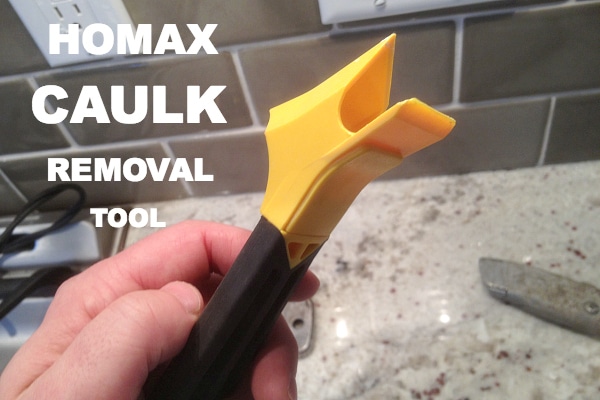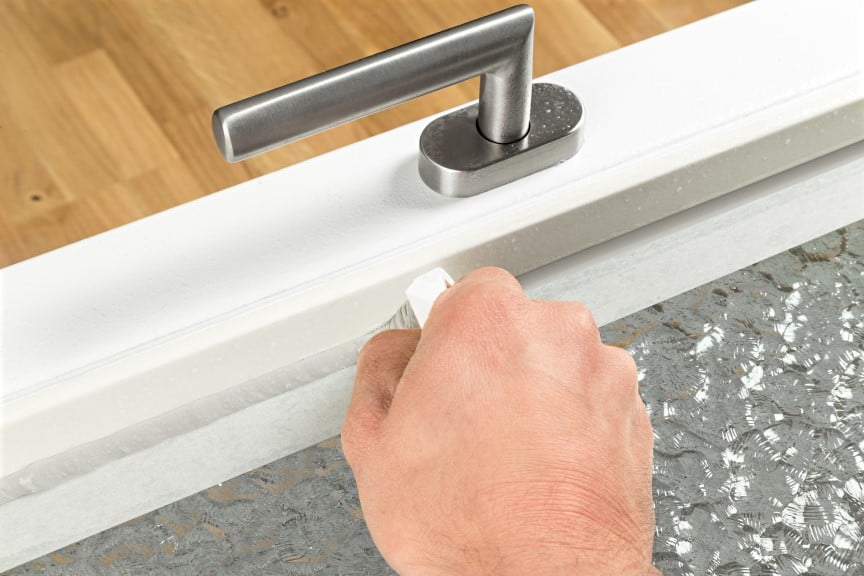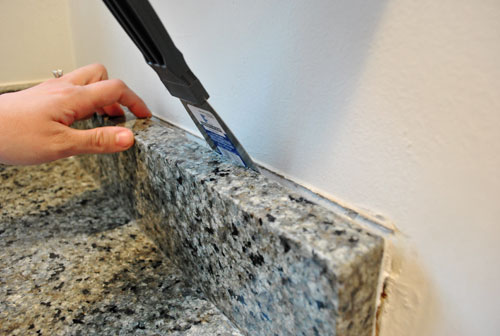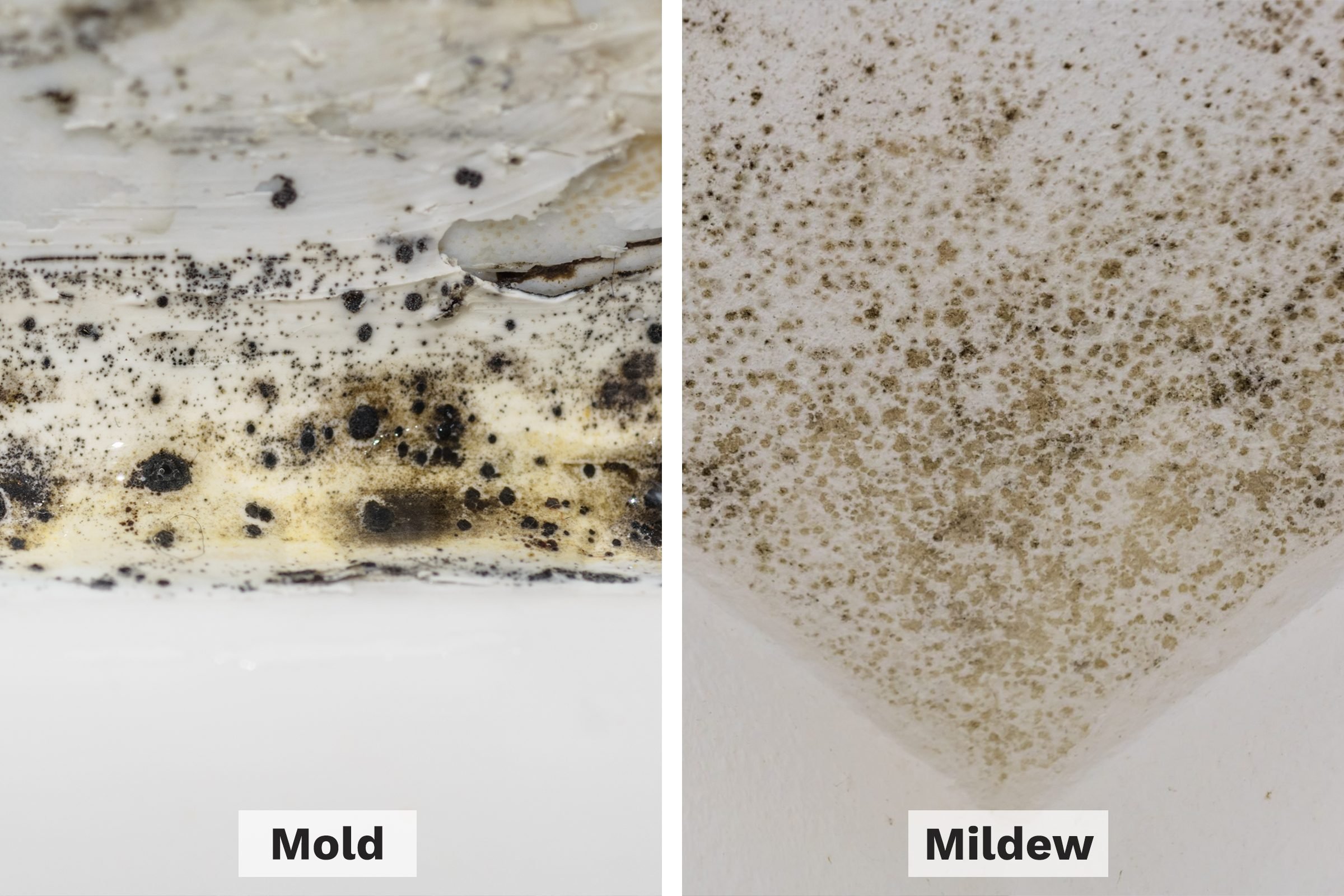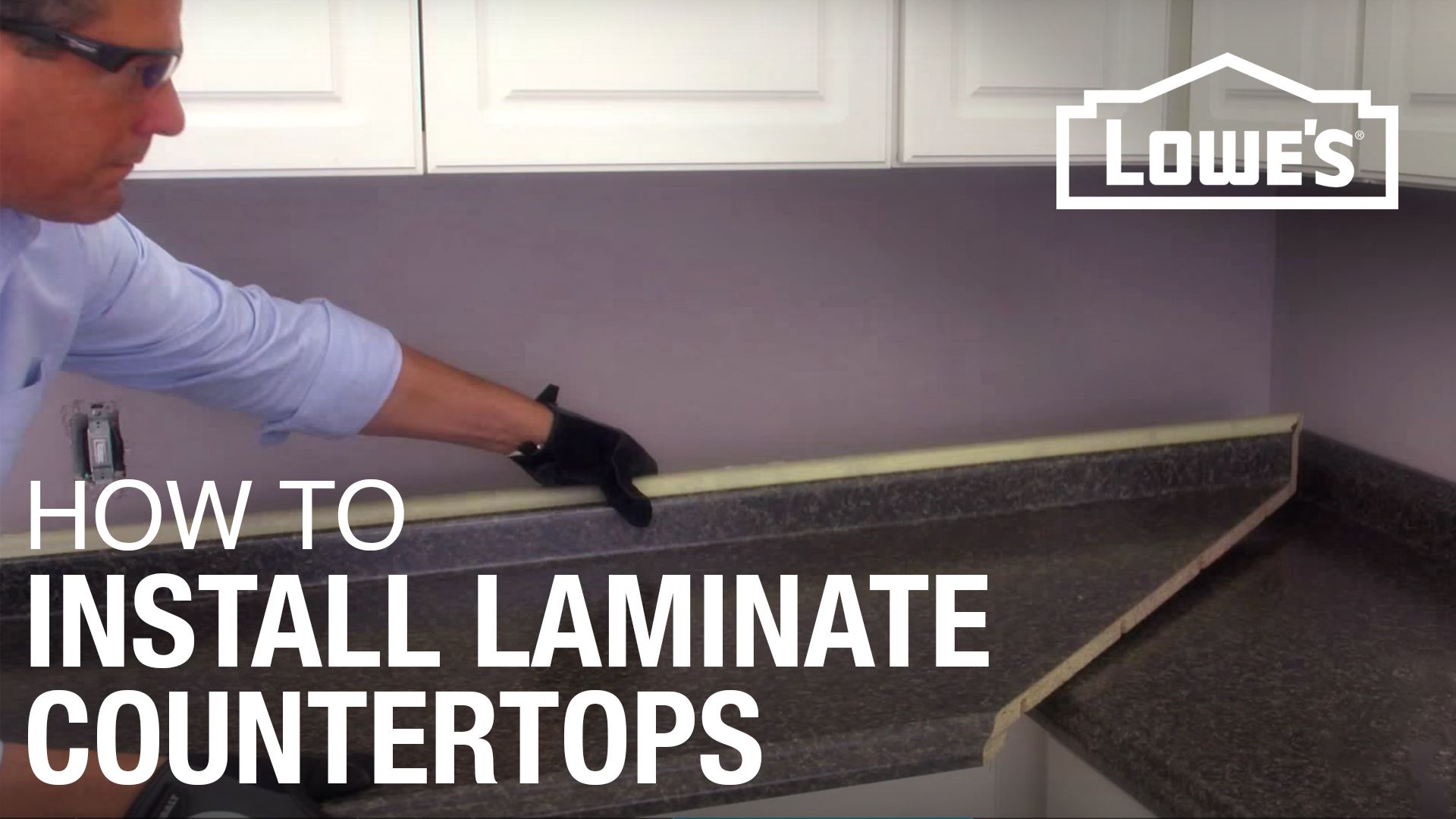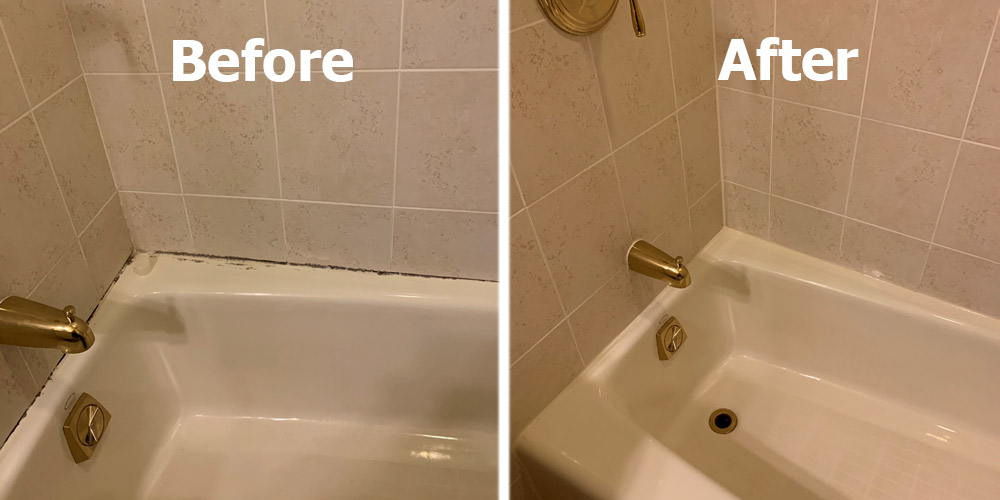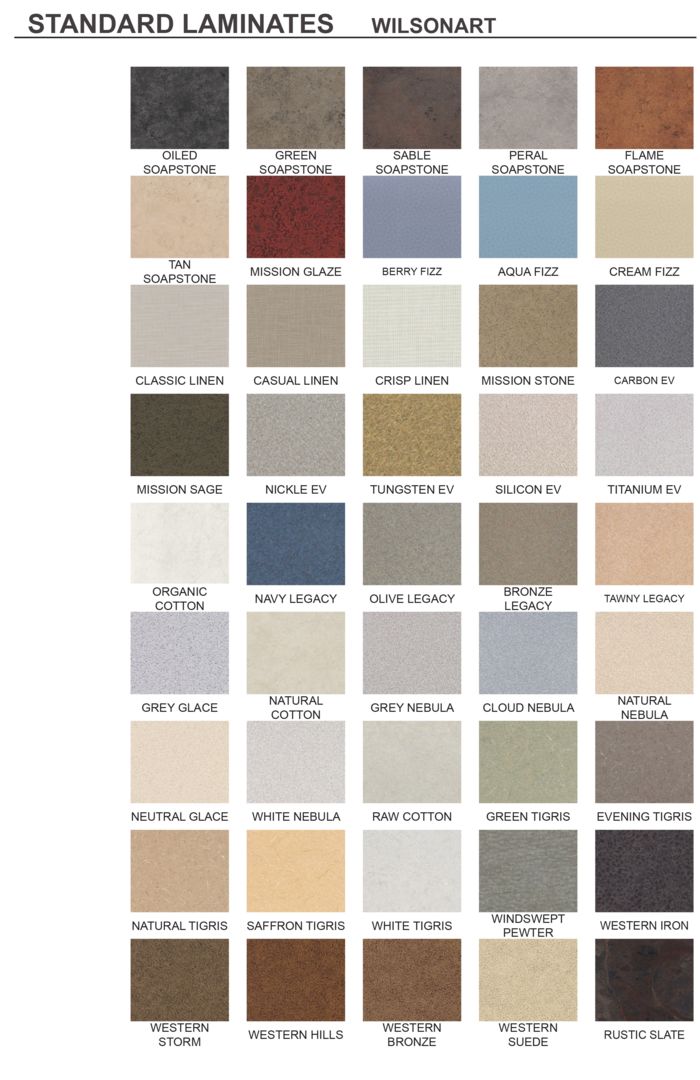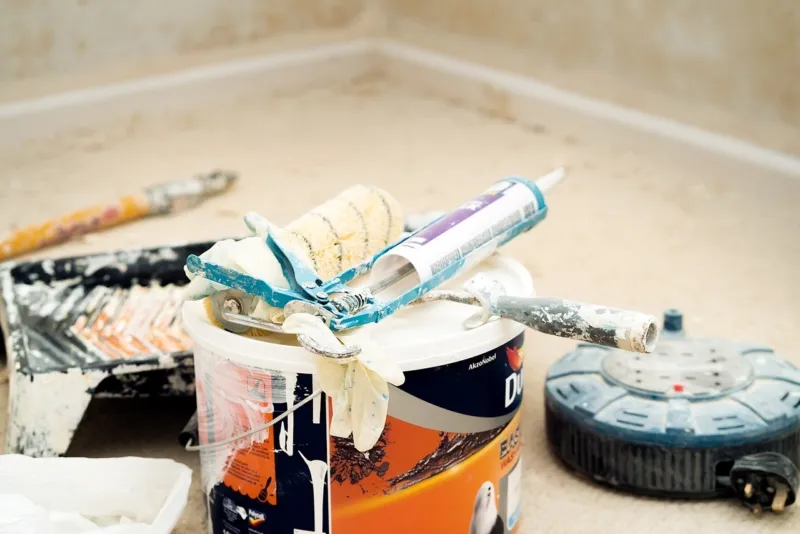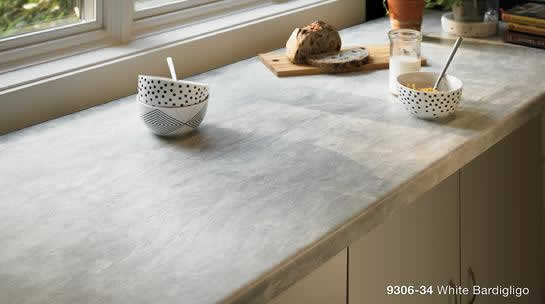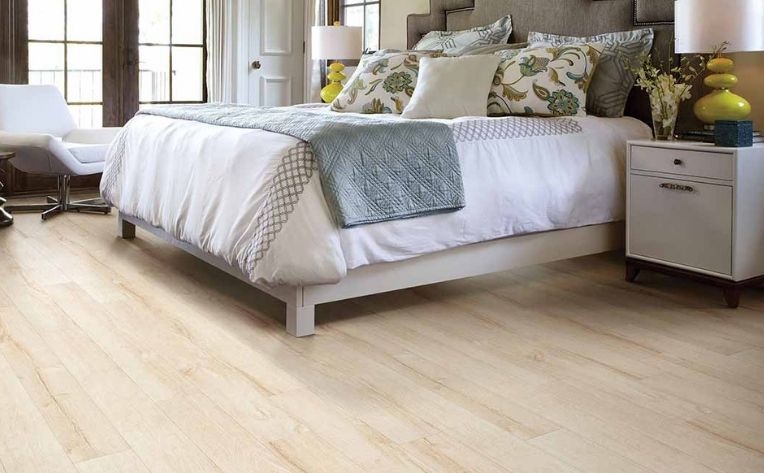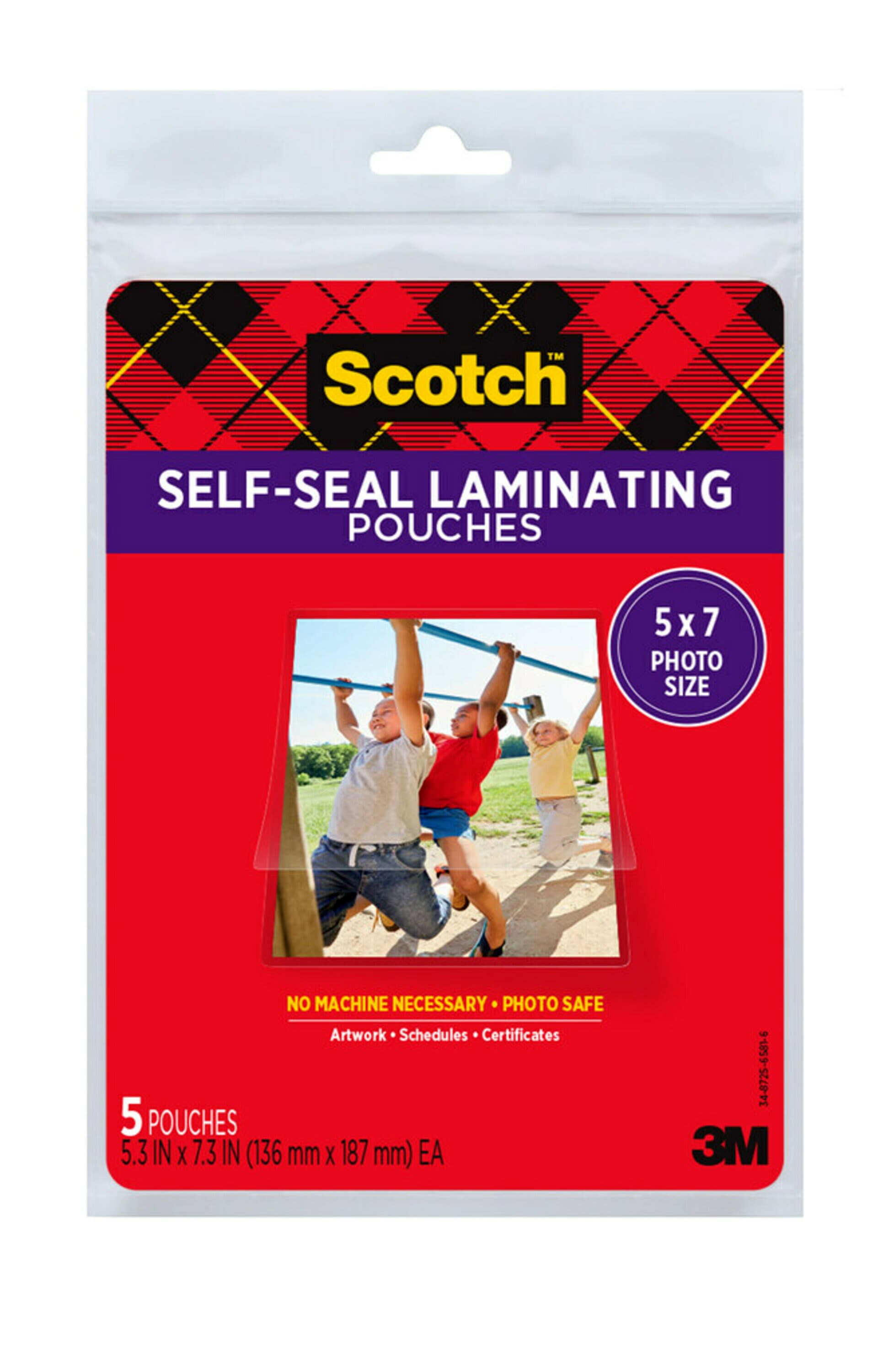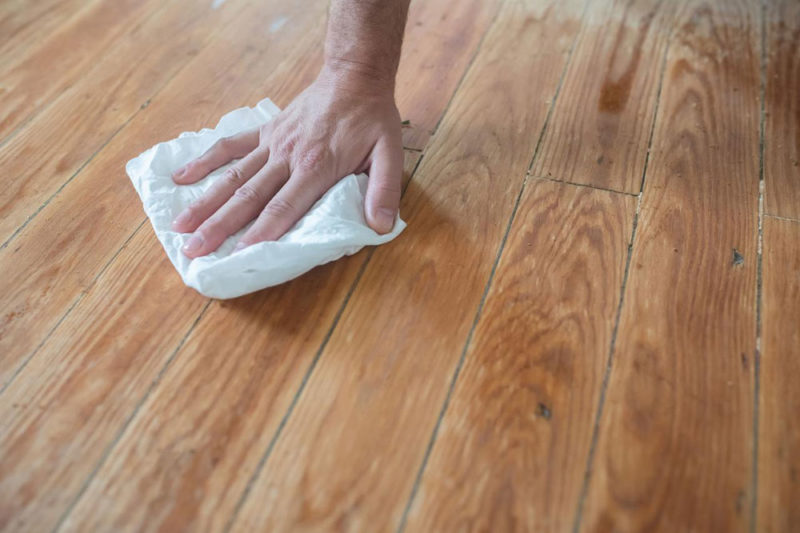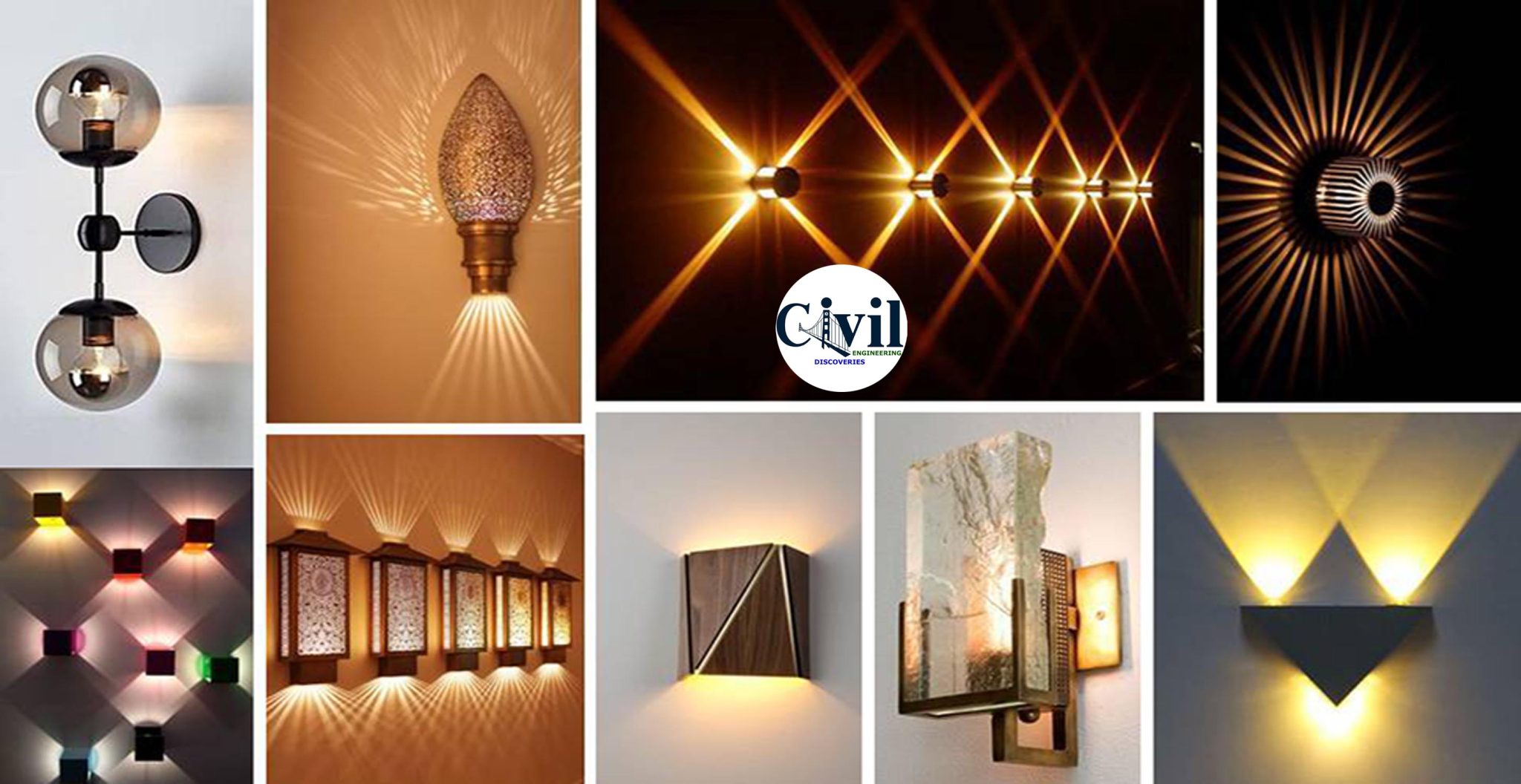Caulking around a kitchen sink on laminate countertops is an important step in maintaining the overall appearance and functionality of your kitchen. Over time, the sealant around your sink can wear down and become cracked, causing water to seep in and potentially damage your laminate countertops. However, with the right materials and techniques, caulking around your kitchen sink can be a simple and effective DIY project. Follow these steps for a successful caulk job that will keep your sink and countertops looking like new.How to Caulk Around a Kitchen Sink on Laminate Countertops
When it comes to caulking around a kitchen sink on laminate countertops, not all caulk is created equal. It’s important to choose a caulk that is specifically designed for use on laminate surfaces. Look for a silicone-based caulk that is mildew and water-resistant. This will ensure a strong and long-lasting seal that can withstand the constant exposure to water and moisture in the kitchen. Some popular options include GE Silicone II Kitchen and Bath Caulk and DAP Kwik Seal Ultra Premium Kitchen and Bath Adhesive Caulk.Best Caulk for Laminate Countertops
Before you begin caulking, there are a few tips to keep in mind for a successful and clean application:Tips for Caulking Laminate Countertops
Now that you have your materials and tips in hand, follow these steps for a successful caulk job:Step-by-Step Guide for Caulking Laminate Countertops
Caulking around a kitchen sink on laminate countertops may seem like a simple task, but there are a few common mistakes that can lead to an unsuccessful caulk job:Common Mistakes When Caulking Laminate Countertops
If you are re-caulking your kitchen sink, you will first need to remove the old caulk. This can be done using a caulk removal tool or a razor blade. Be sure to clean the area thoroughly before applying new caulk.Removing Old Caulk from Laminate Countertops
To prevent mold and mildew from growing in the caulk around your kitchen sink, it’s important to properly clean and maintain your countertops. Wipe down your sink and countertops regularly with a mild detergent or vinegar solution to remove any buildup or residue. Additionally, make sure to properly dry the area after each use to prevent moisture from accumulating.Preventing Mold and Mildew in Caulked Laminate Countertops
The frequency of re-caulking your kitchen sink on laminate countertops will depend on the quality of the caulk used and the amount of wear and tear it receives. In general, it’s recommended to re-caulk every 1-2 years to ensure a strong and effective seal.How Often Should You Re-Caulk Laminate Countertops?
When selecting a caulk color for your laminate countertops, it’s important to choose one that closely matches the color of your countertops or the grout in between tiles. This will create a seamless and cohesive look in your kitchen.Choosing the Right Caulk Color for Laminate Countertops
If you prefer not to use caulk, there are alternative methods for sealing your laminate countertops. These include using silicone tape or a sealant strip designed specifically for use on kitchen sinks. However, keep in mind that these methods may not provide as strong of a seal as traditional caulk and may need to be replaced more frequently.Alternative Methods for Sealing Laminate Countertops
The Importance of Properly Caulking Around a Kitchen Sink on Laminate Countertops

Maintaining a Clean and Functional Kitchen
 Proper maintenance and upkeep of your kitchen is essential for both the aesthetic appeal and functionality of your home. One often overlooked aspect of kitchen design is the caulking around the sink, particularly on laminate countertops. While it may seem like a small detail, the caulking around your kitchen sink serves an important purpose in keeping your kitchen clean and functional. In this article, we will discuss the importance of properly caulking around a kitchen sink on laminate countertops and provide some tips on how to do it effectively.
Proper maintenance and upkeep of your kitchen is essential for both the aesthetic appeal and functionality of your home. One often overlooked aspect of kitchen design is the caulking around the sink, particularly on laminate countertops. While it may seem like a small detail, the caulking around your kitchen sink serves an important purpose in keeping your kitchen clean and functional. In this article, we will discuss the importance of properly caulking around a kitchen sink on laminate countertops and provide some tips on how to do it effectively.
Preventing Water Damage
 One of the main reasons for caulking around a kitchen sink is to prevent water damage. When water seeps into the cracks and crevices around your sink, it can lead to mold and mildew growth, which can be harmful to your health and damaging to your countertops. By properly caulking around your sink, you create a watertight seal that prevents water from seeping in and causing damage.
One of the main reasons for caulking around a kitchen sink is to prevent water damage. When water seeps into the cracks and crevices around your sink, it can lead to mold and mildew growth, which can be harmful to your health and damaging to your countertops. By properly caulking around your sink, you create a watertight seal that prevents water from seeping in and causing damage.
Keeping Your Kitchen Clean
 Another important reason for caulking around a kitchen sink is to keep your kitchen clean. When water and food particles get trapped in the gaps and cracks around your sink, it can quickly become a breeding ground for bacteria and germs. Proper caulking helps to seal these gaps and makes it easier to clean and maintain your kitchen, creating a healthier environment for you and your family.
Another important reason for caulking around a kitchen sink is to keep your kitchen clean. When water and food particles get trapped in the gaps and cracks around your sink, it can quickly become a breeding ground for bacteria and germs. Proper caulking helps to seal these gaps and makes it easier to clean and maintain your kitchen, creating a healthier environment for you and your family.
Enhancing the Aesthetic Appeal
 Aside from the practical benefits, caulking around a kitchen sink also enhances the aesthetic appeal of your kitchen. The right caulk color can blend in seamlessly with your countertops and give your sink area a polished and finished look. It also helps to hide any imperfections or gaps that may exist between your sink and countertops, creating a more cohesive and visually appealing kitchen design.
Aside from the practical benefits, caulking around a kitchen sink also enhances the aesthetic appeal of your kitchen. The right caulk color can blend in seamlessly with your countertops and give your sink area a polished and finished look. It also helps to hide any imperfections or gaps that may exist between your sink and countertops, creating a more cohesive and visually appealing kitchen design.
Tips for Caulking Around a Kitchen Sink on Laminate Countertops
 Now that we understand the importance of properly caulking around a kitchen sink, here are some tips to help you do it effectively:
Now that we understand the importance of properly caulking around a kitchen sink, here are some tips to help you do it effectively:
- Choose the right caulk: When caulking around a kitchen sink on laminate countertops, it's important to choose a caulk that is waterproof and specifically designed for use in kitchens and bathrooms.
- Clean the area thoroughly: Before applying caulk, make sure the area around your sink is clean and free of any debris. This will ensure that the caulk adheres properly and creates a strong seal.
- Apply the caulk in a steady, continuous line: Use a caulk gun to apply a steady, continuous line of caulk along the seam between your sink and countertops. Avoid stopping and starting as this can create gaps in the seal.
- Smooth out the caulk: Use a caulk smoothing tool or your finger to smooth out the caulk and create a neat, even seal. This will also help to remove any excess caulk.
By following these tips, you can ensure that your kitchen sink is properly caulked and protected from water damage and bacteria growth. Remember to regularly check and replace any old or cracked caulk to maintain a clean and functional kitchen.
In conclusion, properly caulking around a kitchen sink on laminate countertops is not just about aesthetics, but also about maintaining a clean and functional kitchen. By creating a watertight seal, you can prevent water damage, keep your kitchen clean, and enhance the overall look of your kitchen. So don't overlook this important aspect of kitchen design and make sure to regularly check and maintain your caulked sink area.











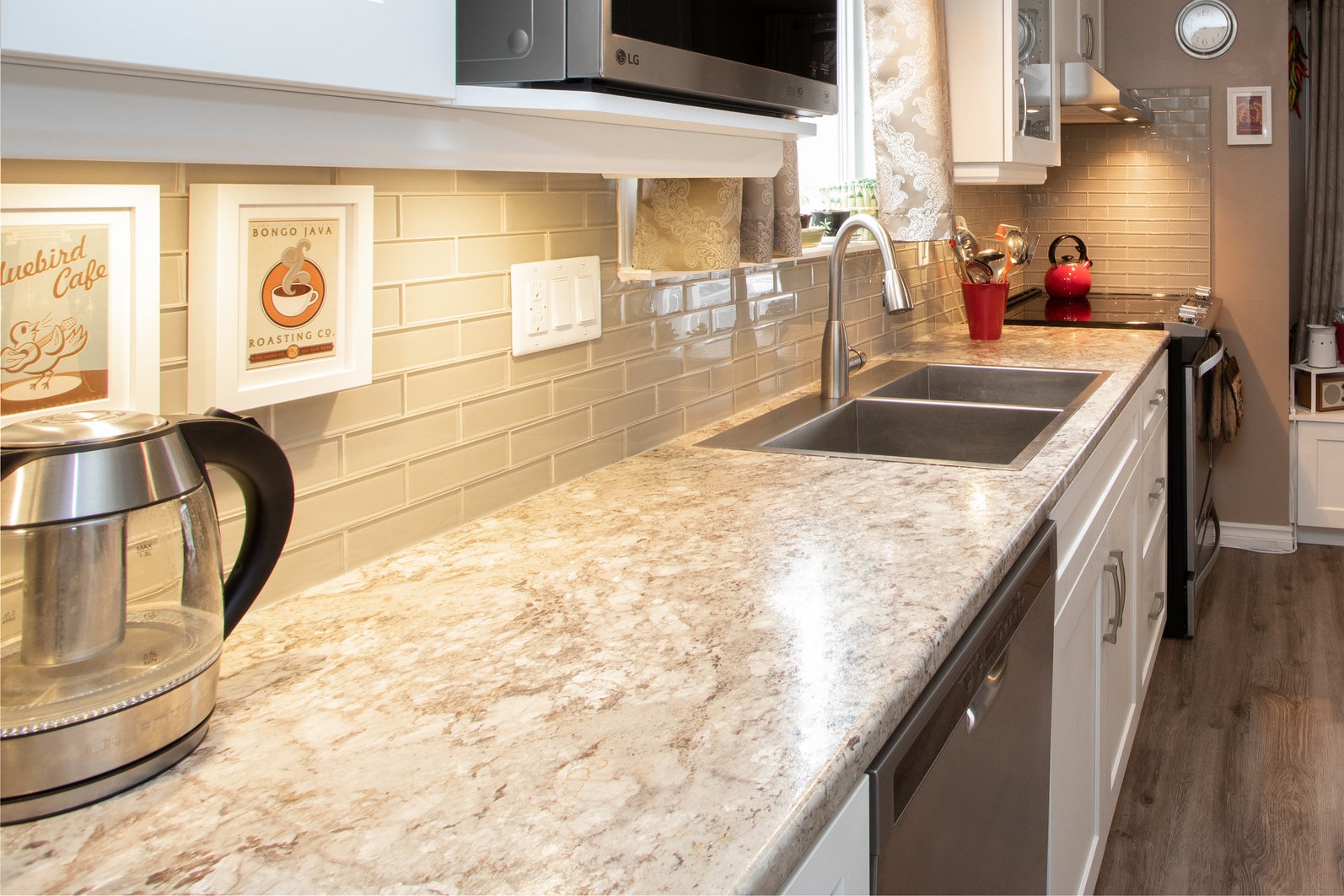


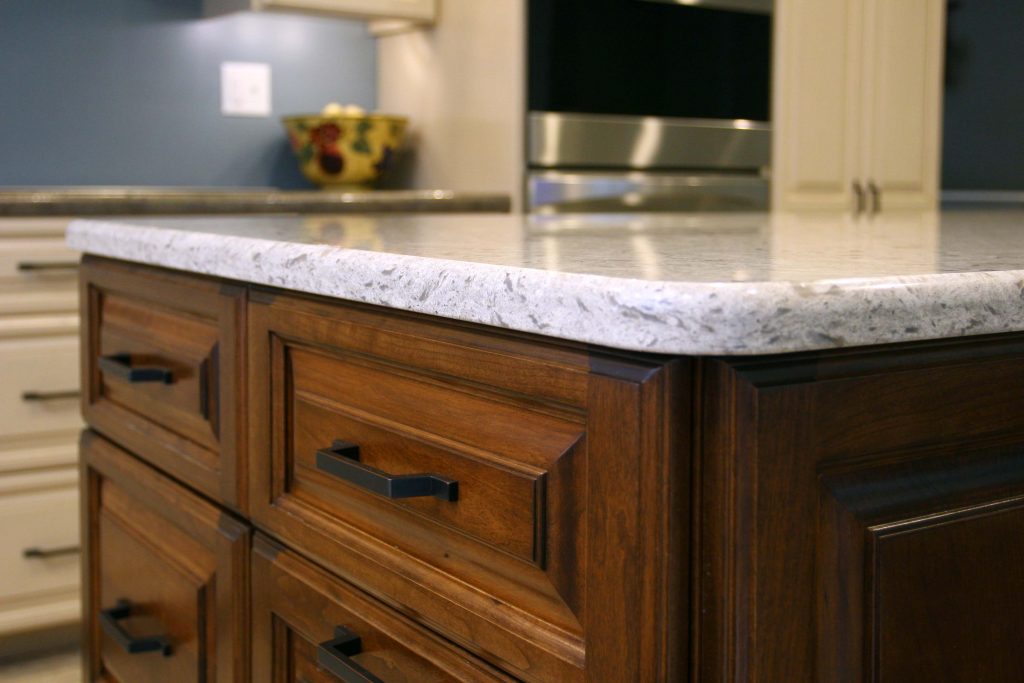















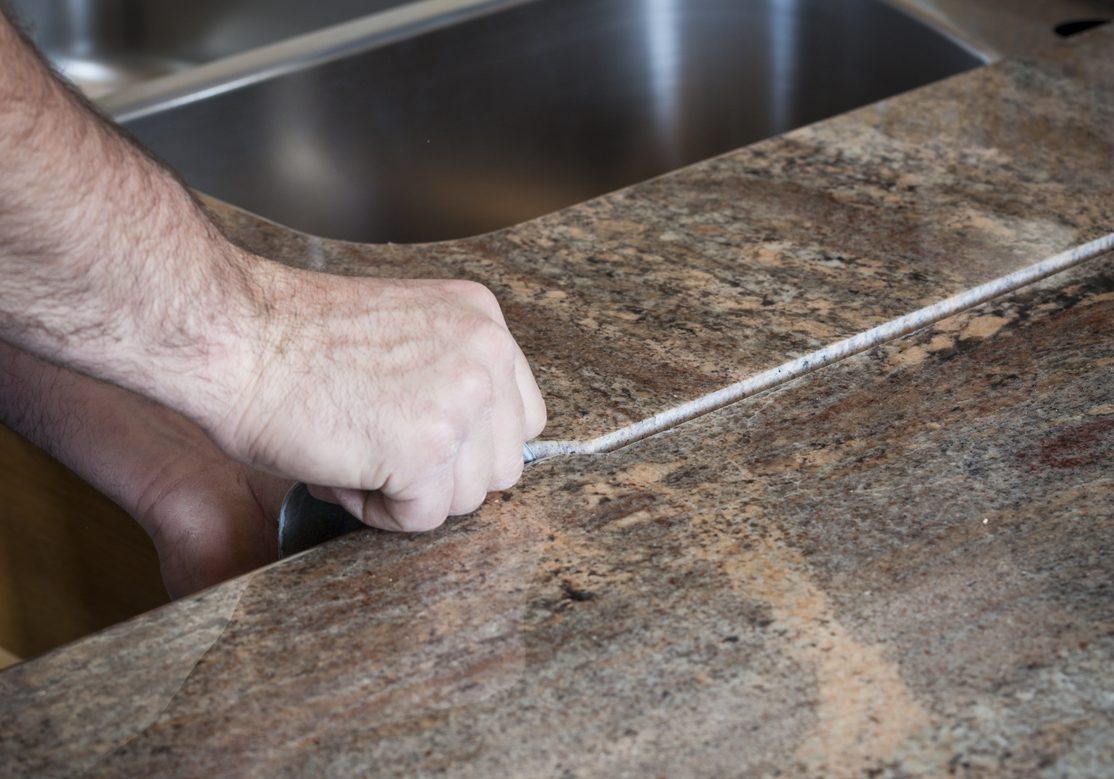



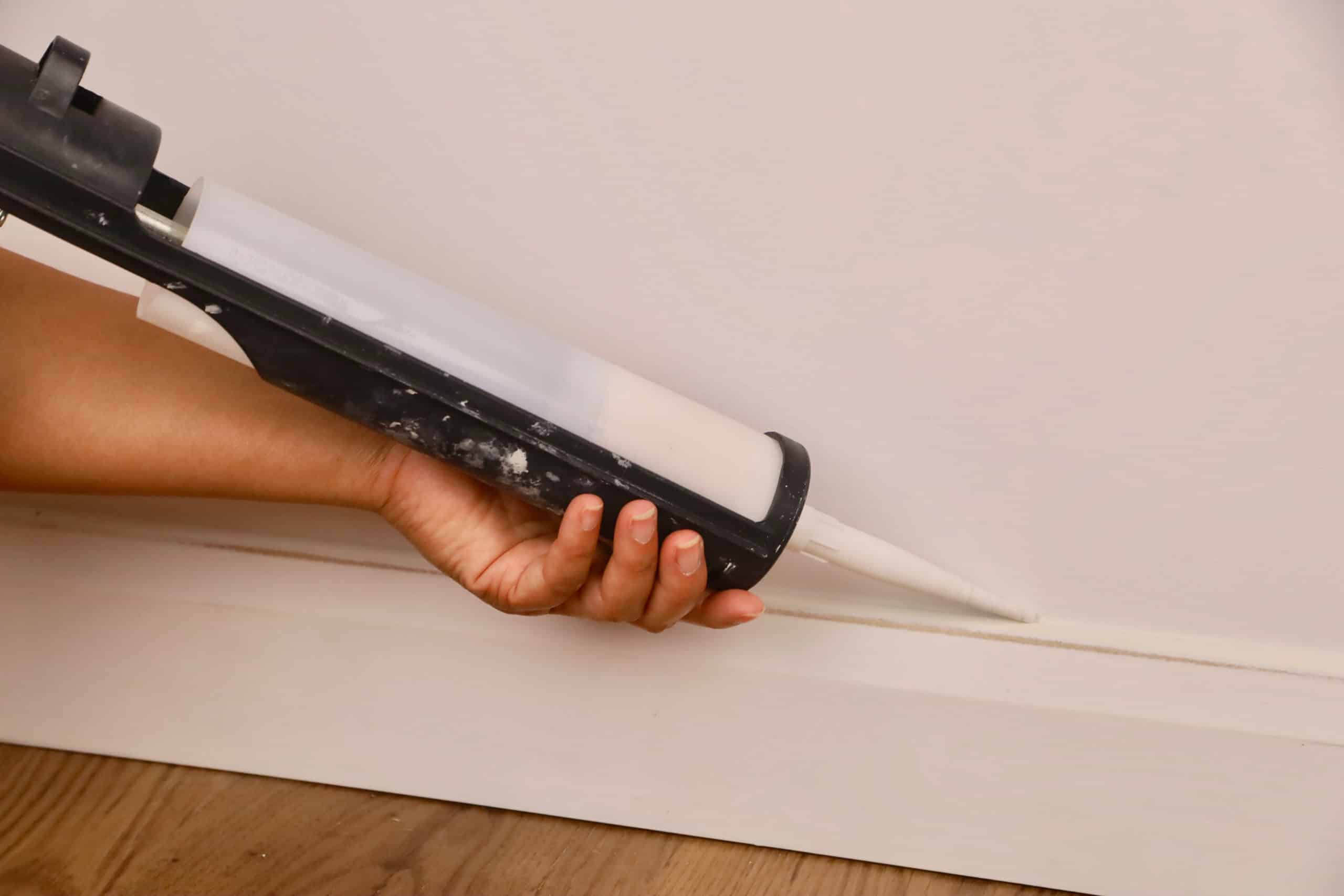

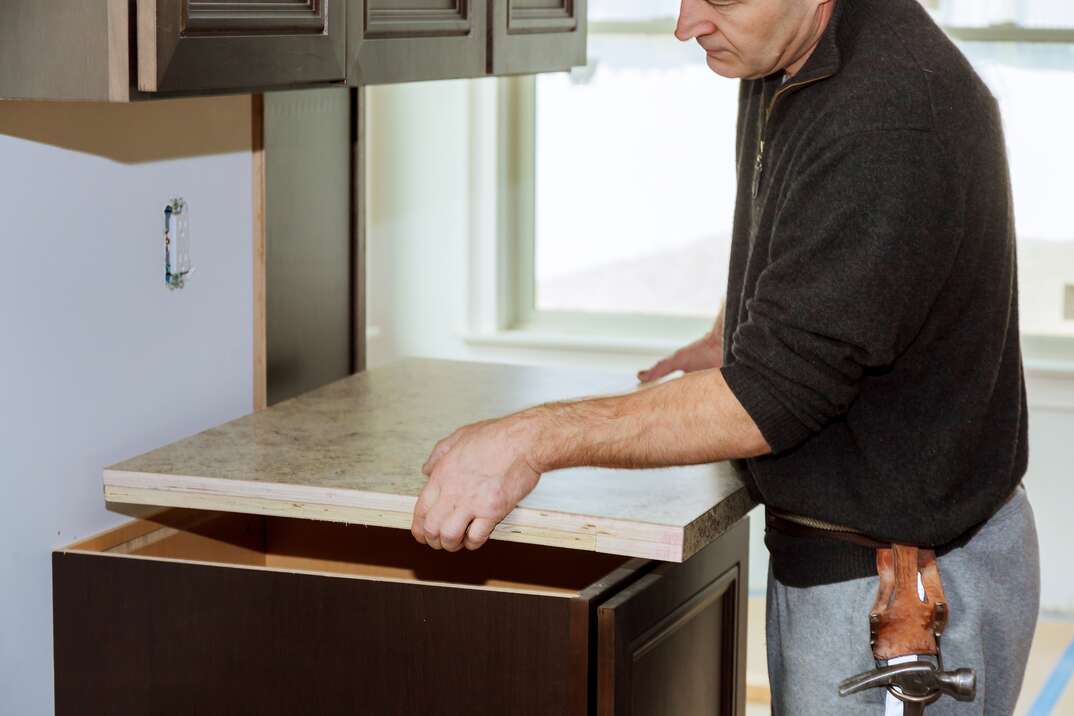



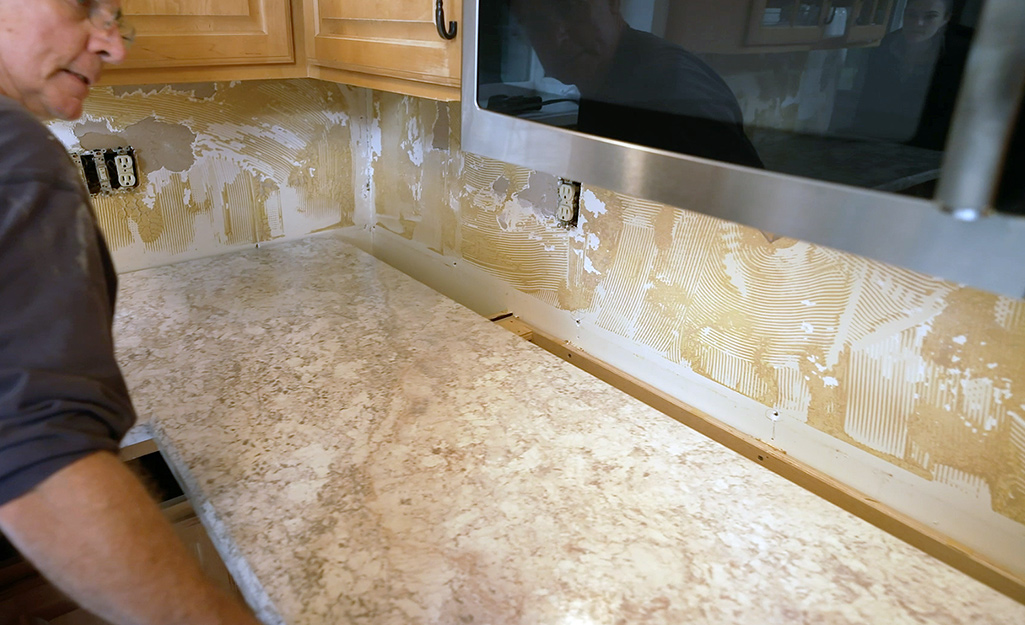

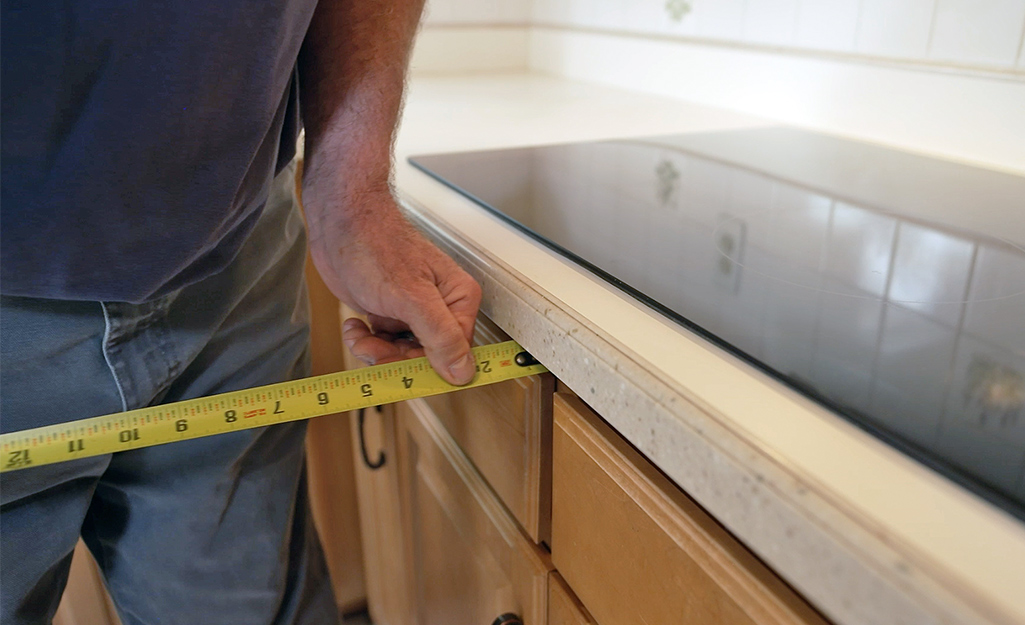




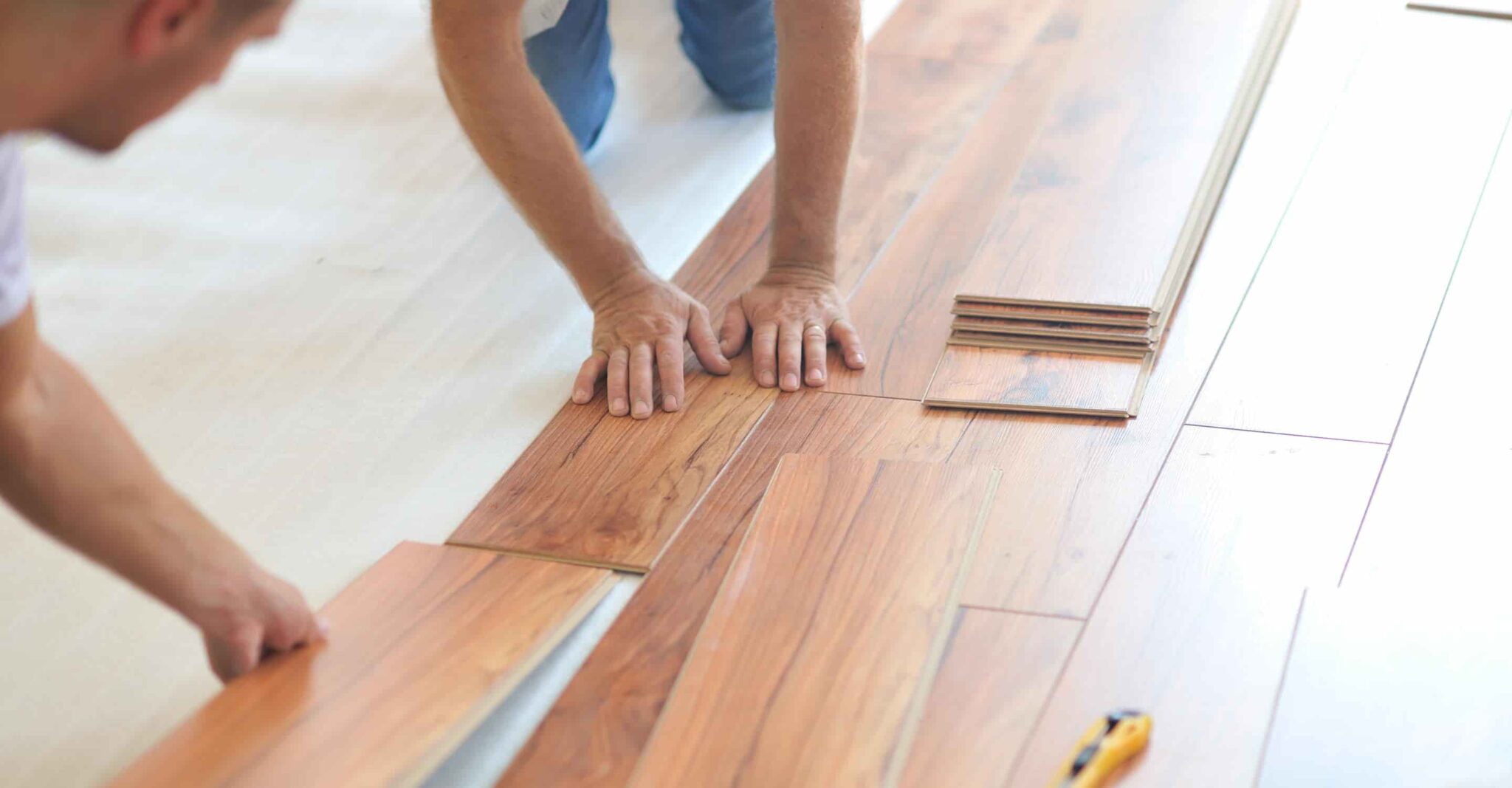

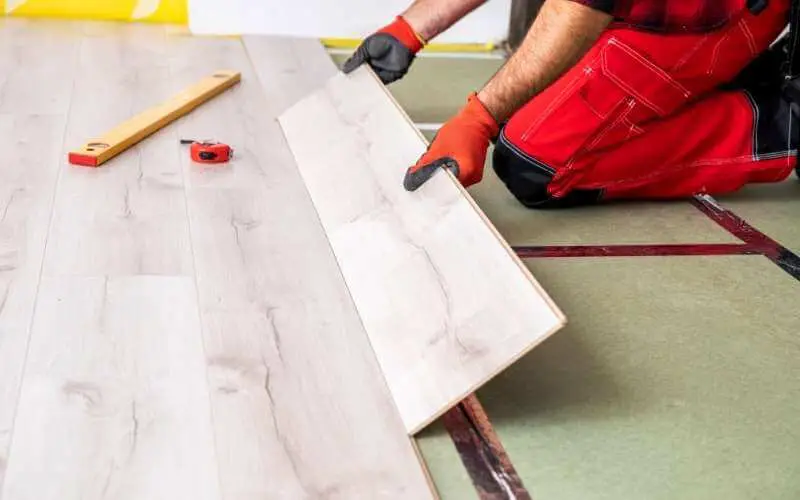



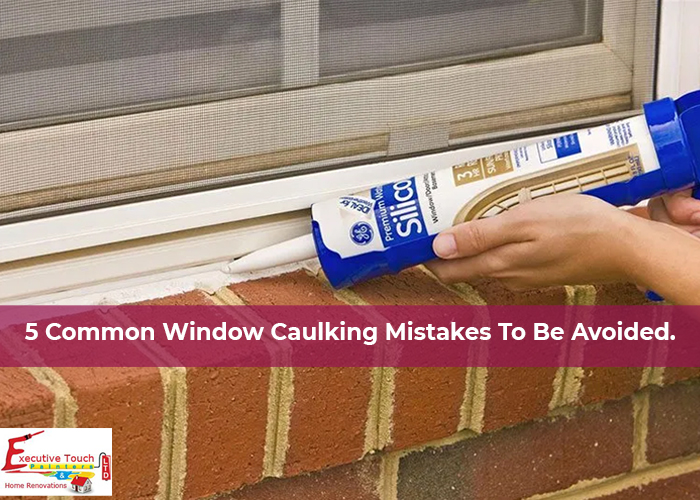





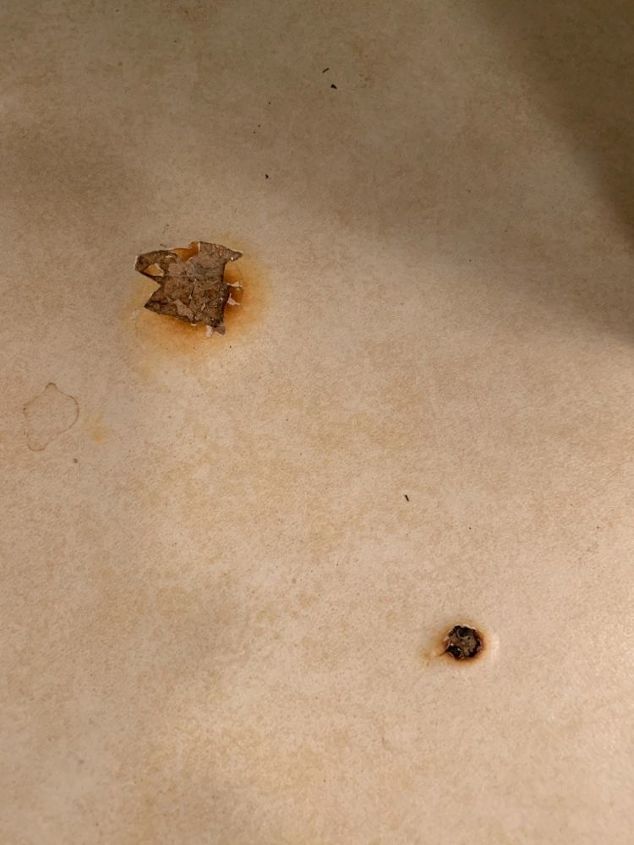
:max_bytes(150000):strip_icc()/how-to-remove-old-caulk-1824827-01-3d0370c59e124dbbaa6560c68bab111c.jpg)
/caulk-removal-tool-56ec7f1b3df78ce5f83535fe.jpg)


